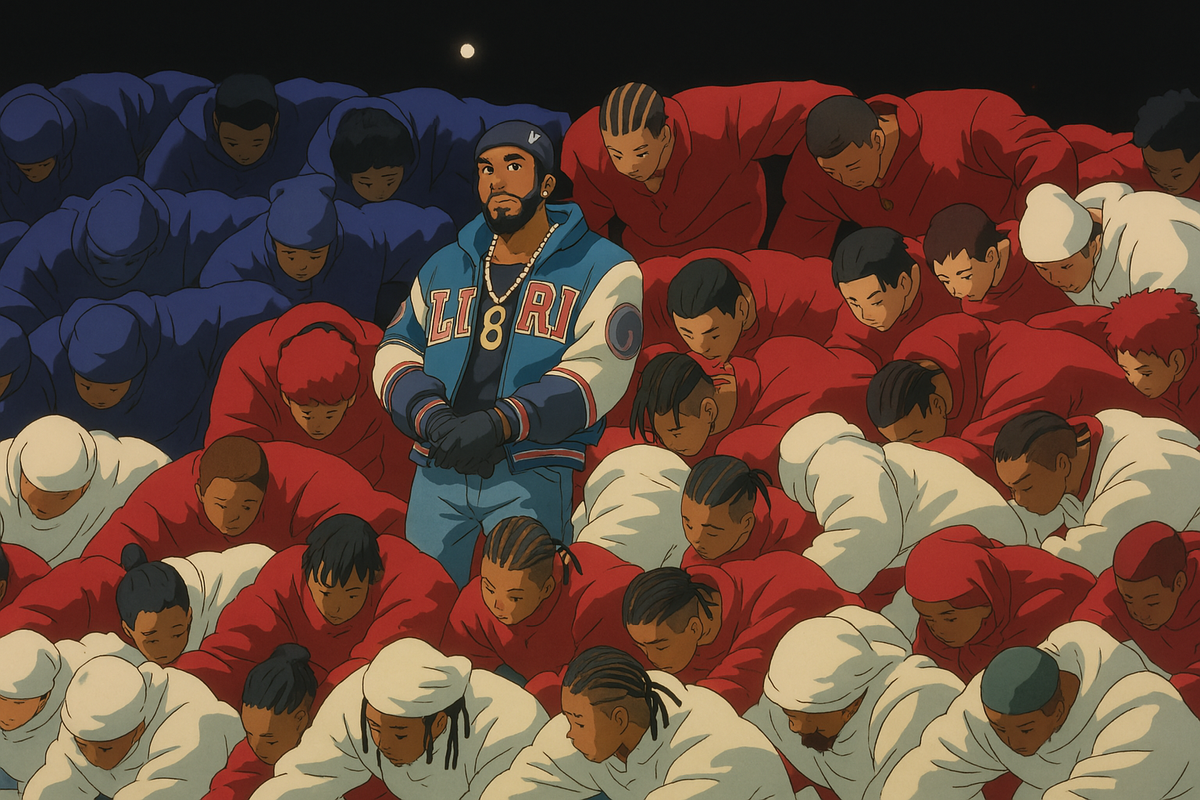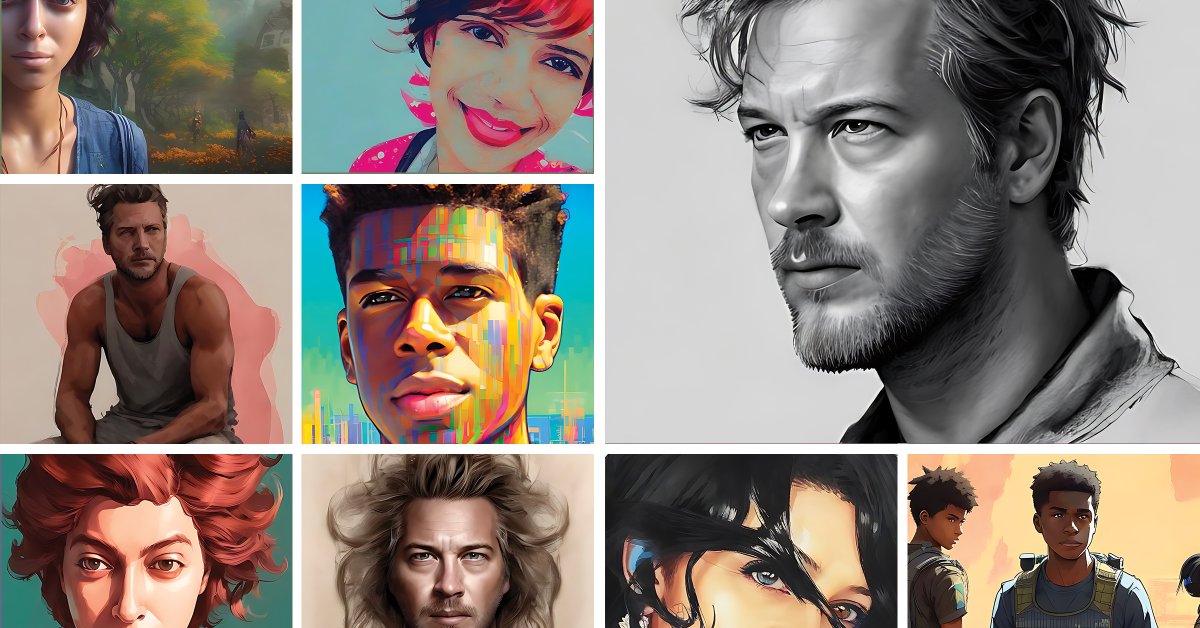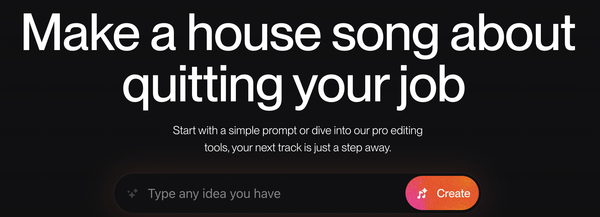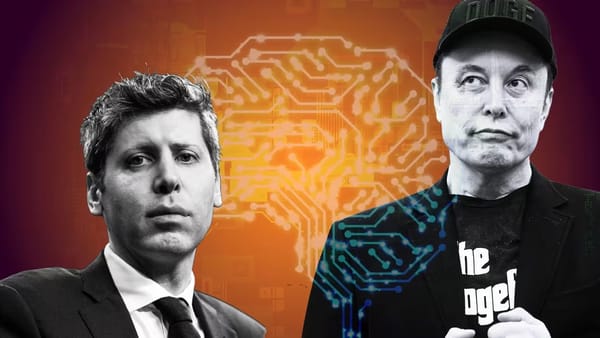B***h, Don't Kill My Vibe (Cake)
Specs get attention. Vibes get devotion.

A few days ago, I opened my socials to find my entire feed transformed into an endless scroll of anime portraits. From Silicon Valley techies to my stone-faced lawyer cousins, everyone was suddenly hooked on a Ghibli filter – turning mundane lunch breaks into scenes straight out of Howl's Moving Castle. At first, I shrugged – probably just a weird half-day thing, right?
But the craze only escalated. People started "Ghibli-fying" their grandparents into Miyazaki characters, outing random Tinder matches in full anime form, and even playing with their ex's engagement photos. (yikes). The entire internet felt like a giant Ghibli casting call.

At the very same time, Google quietly unveiled Gemini 2.5 – with flashy specs like million-token context windows and architectural feats. But not one single person in my circle cared enough to mention it. Why? Because technical prowess alone rarely breaks into culture. Fancy benchmarks might excite investors, but what we crave is the emotional spark – a whimsical AI filter that makes us go, "Dude, drop everything. You've gotta see this."
Yes, in consumer tech, vibe is king. Tech itself is just commodity.
EQ Beats IQ, Every Damn Time
Tech pundits love debating model architectures and benchmark scores – and sure, that stuff matters behind the scenes. But when you zoom out for a second, products genuinely capturing culture don't win by solving equations 5% faster. They win by striking deeper emotional chords, creating attachment, and embedding themselves into daily life.
Yet so many builders continue to treat "vibe" as superficial icing, rather than the cake itself. In a world where new AI products pop up every minute, ignoring emotional resonance is the surest path to irrelevance. Gemini 2.5 being drowned out by a goofy anime filter makes it clear. Raw computing power rarely beats raw delight.
Vibe Pyramid
I think of vibe like a three-layer cake.
- "Wow": Instant novelty that hooks.
- "Me": Deeply personal identity and emotion.
- "We": Community, connection, and virality.
Nearly every breakout consumer AI nails all three – it wows you, makes it about you, then draws you into something bigger. Let's slice into it.

First Bite: That "Wow" Moment
Every viral hit starts with a "holy crap" moment – a dopamine rush triggered by novelty. It's the kick you get from stumbling onto a fresh Spotify banger or tasting some bizarre Turkish dessert that's oddly addictive. It's why TikTok's Bold Glamour filter skyrocketed: it seamlessly "glammed up" your appearance in real-time, making everyone gasp at their own reflection. And who could forget when the Pope appeared on your feed rocking a puffer coat so fly it could've been Balenciaga?

That instant spark is exactly why the Ghibli filter blew up. After ChatGPT quietly added image generation, everyday selfies became anime art in seconds. Hashtags exploded, and OpenAI servers reportedly struggled under the load. The underlying tech? Nothing earth-shattering. But the immediate "wow" was irresistible.
But novelty fades fast. Yesterday's mind-blower easily becomes tomorrow's "meh." You quickly have to deliver something more personal and sticky.
Middle Slice: Make It About "Me"
After that initial "wow," winning AI products make it personal – transforming fleeting curiosity into lasting attachment. Humans naturally gravitate toward experiences that reflect who we are or who we aspire to be.
Lensa's Magic Avatar is a prime example, which exploded overnight by letting people see themselves as futuristic assassins, renaissance royalty, or cosmic travelers. It shot to #1 on the App Store in a week, bringing in millions from avatar packs. That ego-boosting rush of "Damn, I look epic" was addictive enough to share instantly. Of course, Lensa eventually faded once the novelty wore off – but not before proving the power of tapping into personal identity.

Character.AI achieved something similar by giving chatbots quirky personas – from a flirty anime butler to snarky Harry Potter with commitment issues – letting users build bonds reminiscent of genuine friendships. Psychologists call this parasocial bonding, usually seen with celebrities or fictional heroes. Character.AI wasn't the smartest chatbot around; it simply felt more human. Sure, its initial spike eventually leveled out too, but for a while, it reminded us that an AI remembering your birthday is strangely compelling.

We see a similar pattern in gaming: players happily pay for fancy weapon skins or outfits that reflect themselves. Soon, your AI gaming sidekick will not only reference your favorite memes but joke about your failed weekend hiking trip. When AI truly "gets" you, you shift from casual user to genuine fan.
Cherry on Top: The Power of "We"
At the top is the "We" layer: turning personal delight into collective obsession. People want to belong, and any product that sparks community turns viral fast.
Midjourney understood this perfectly. Instead of launching with a cold, clinical interface, they housed the entire experience on Discord, where users collaborated, traded prompts, and hyped each other's creations. It felt less like software, more like a digital hangout. Even when clones emerged, people stuck around because that's where their friends were.

Snap's lenses and TikTok's AI greenscreen follow a similar pattern – what's the point if you can't instantly share a goofy selfie with your friends? Nail the "We" factor, and your users become your loudest evangelists, cooking up memes, hosting meetups – effectively building momentum for you.
Even platforms outside AI, like Reddit, excel at this communal ethos. Subreddits are basically micro-tribes driven entirely by user passion. Strangers become friends through shared interests, creating a powerful gravitational pull of community and loyalty.

This sense of belonging can go surprisingly deep. Fans cosplay their favorite AI-generated avatars – yes, people showed up at conventions dressed as their Midjourney-designed mech suits – or write elaborate fanfiction about them. Extreme? Sure, but it shows how attached users can get. Most apps don't need that level of obsession; the right amount of camaraderie to keep the conversation flowing is enough. Shareability and social feedback reinforce each layer, creating a virtuous cycle of novelty, identity, and collective excitement.
Quick caveat: Vibe never overrides competence. If Bold Glamour had glitched nonstop, no novelty would've saved it. Likewise, ChatGPT's genuinely impressive text capabilities gave Character.AI room to shine. Technical skill remains foundational – but in a world where everyone's leveraging open-source models, emotional resonance derived from packaging and UX steals the show.
Vibe Check

If you're building consumer AI today, you're designing an emotional experience, not just shipping code. Ask yourself: does this spark joy right away? Does it help people flaunt their creativity or humor? Will they spontaneously rave about it? If the answer's no, you risk being forgotten quickly, no matter how clever your tech.
We've seen repeatedly how doubling down on vibe drives retention and word-of-mouth. AI products that trend on TikTok acquire users without spending a dime. (aside from "melting" servers – but hey, that's a pretty sweet problem to have.) Meanwhile, super-useful but dull assistants often plateau after the initial buzz, because nobody invites their friends to try something that feels like filing taxes.
Investors should take note likewise. Founders who clearly articulate how their users will feel – excited, intrigued, validated – will outlast those who obsess over raw specs. It's not about how many trillion tokens or fancy context windows you can list; it's about whether your product makes people say, "I freaking love this."

Neglecting vibe means leaving money behind. Consumers willingly spend on custom avatars, premium filters, personality packs – purely because they love the experience. Roblox illustrates this vividly: millions get spent on virtual Gucci bags and digital cat ears – items that do nothing practical but satisfy a craving for self-expression. AI can easily replicate this playbook. But if your product doesn't grab hearts, you'll be stuck competing on price or raw performance – both easily replicable. Emotional attachment isn't.
No Vibe, No Tribe
In a world where AI capabilities leapfrog each other overnight, today's flashy new feature quickly becomes tomorrow's baseline. When raw intelligence becomes commoditized, the only enduring moat is emotional resonance – how your product makes people feel.
So don't just ask, "What features can we offer?" Instead, ask, "Will this make people stop mid-scroll and immediately blow up their group chats?" Build something users can't wait brag about at brunch or screenshot to their friends at 2am.
Because in the end, vibe is king. Everything else is just noise.







